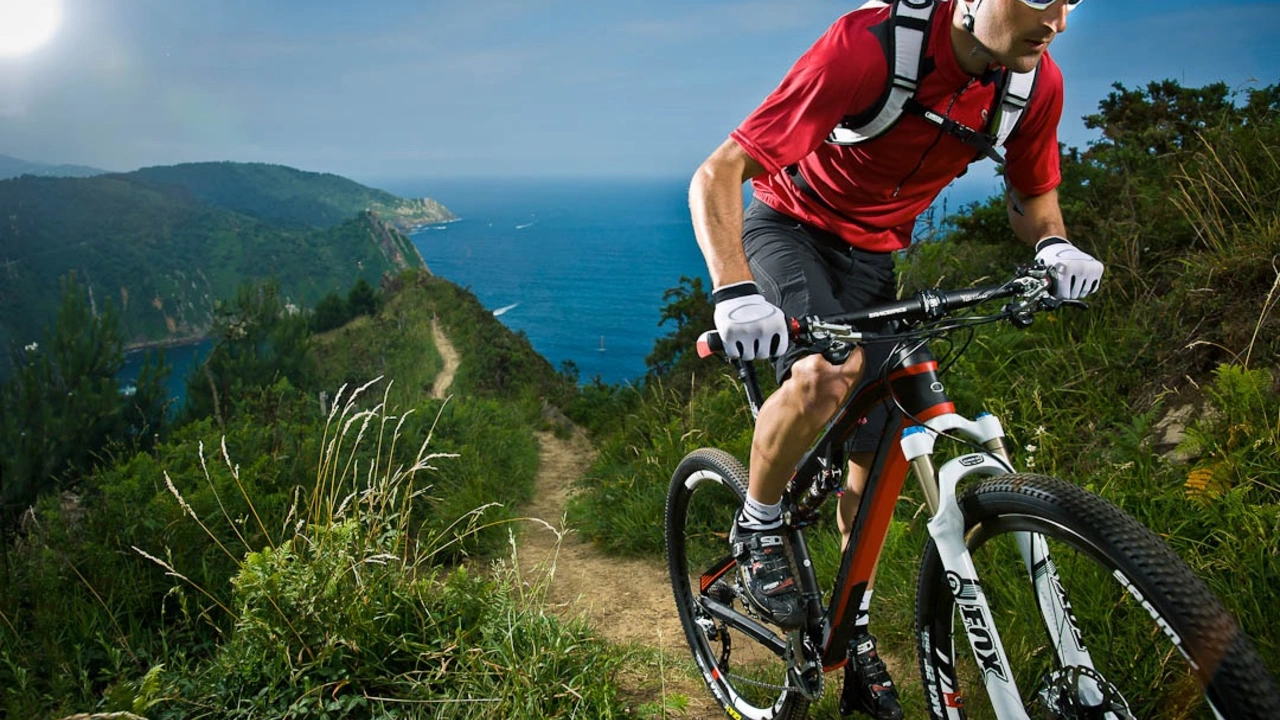Value for Money: Smart Tips for Buying Cycling Gear on a Budget
Ever wonder why some riders get great performance without spending a fortune? The secret is spotting real value for money. Below are practical steps you can follow right now to stretch every pound you spend on a bike or accessory.
Set a Clear Need Before You Shop
Start by writing down exactly what you need. Are you after a commuter bike for city streets, a mountain bike for weekend trails, or just a new helmet? Knowing the purpose narrows the options and stops you from buying features you’ll never use. For example, a heavy disc‑brake system is overkill on a flat city ride but essential on steep hills.
Research Prices, Not Just Brands
Brands build reputation, but price tags vary widely. Use price‑comparison sites or local shop flyers to see the range for a specific model. Often a previous‑year model will be 20‑30% cheaper while still offering the same components. Check online forums for real‑world feedback – a cheaper bike that lasts longer is a better bargain than a pricey one that needs frequent repairs.
Don’t ignore second‑hand markets. A well‑maintained used bike can give you high‑end specs at half the cost. Inspect the frame for cracks, test the brakes, and ask for maintenance records. A quick tune‑up from a local shop usually restores a used bike to near‑new condition.
When it comes to accessories, look for sales on essential items first. A good pair of lights, a sturdy lock, and proper shoes make a huge difference in safety and comfort. You can often find quality locks for under £30 during seasonal promotions – a small investment that saves you from a costly theft.
Take advantage of bundle deals. Some retailers offer a discount when you buy a bike and helmet together. Even if you already own one item, the bundled price may still be lower than buying separately.
Read reviews that focus on durability and after‑sales support. A cheap helmet that cracks after a few rides costs more in the long run. Look for products with a solid warranty – it’s a sign the maker believes in their durability.
Don’t forget to factor in maintenance costs. A bike with a complex drivetrain may need pricey servicing. Simpler drivetrain setups, like a 1x or 2x chainring, are cheaper to maintain and often provide enough gearing for most riders.
Consider local bike‑share schemes or community groups. Some clubs rent out high‑end gear at a fraction of the purchase price. This can be a perfect way to test a component before deciding to buy.
Finally, set a realistic budget and stick to it. Write down the maximum you’re willing to spend, then look for the best option within that range. If something exceeds the budget, ask yourself if the extra feature truly adds value for your riding style.
By following these steps, you’ll consistently find gear that offers true value for money – performance, reliability, and peace of mind without breaking the bank.

What's the best mountain bike for the money?
Daxton Fairweather Aug 3 0Well folks, in this wild world of mountain biking, the "best" bike can feel like finding a needle in a haystack, only the haystack is also on wheels and screaming down a mountainside. But don't sweat it, I've got your back! After some serious pedaling and panting, I've concluded that the Trek Marlin 7 stands tall as the money-wise mountain maestro. It's a bike that says, "I'm a rugged, trail-blazing superhero, but I also appreciate a good bargain." So grab your helmet, put on your game face, and prepare to conquer those trails without demolishing your bank account!
More Detail